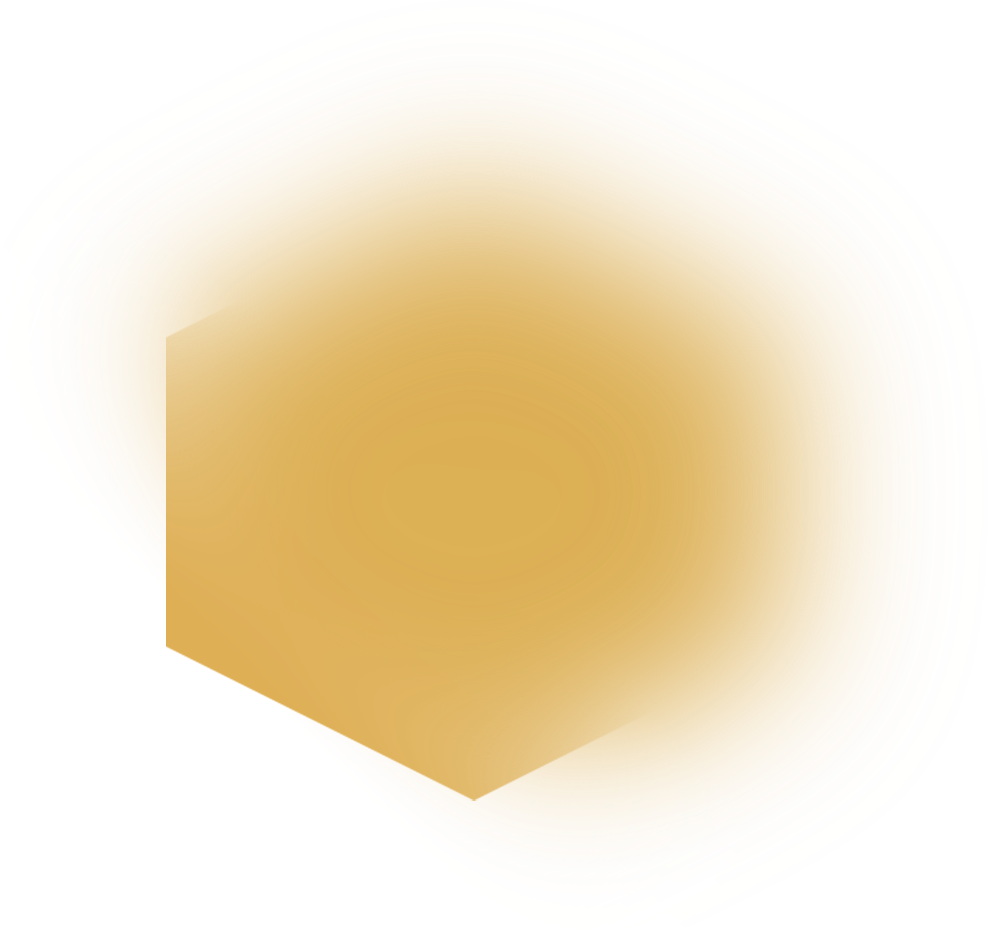Mathematics and Mountaineering
As told by Donald Lynden-Bell
Donald Lynden-Bell's father was a professional soldier in the Seaforth Highlanders born into a family with a long army tradition. He fought through the first world war, first in France, then from Basra to Baghdad and later from Jaffa to Tyre in Lebanon, where he was when the war ended. Later he served in India, travelled in Ladakh, Tanganyika and the USA and was stationed in Palestine. He had broad interests in art, design and in science. Donald has an elder sister, Jean (Grieve) who became an acclaimed stringed-instrument teacher in Ontario.
The 2008 Kavli Prize astrophysics laureates together with Fred Kavli. From left: Maarten Schmidt, Fred Kavli and Donald Lynden-Bell (Photo caption: Håkon Mosvold Larsen / SCANPIX).
The inspirational teaching of mathematics by Alan Ramsey at Marlborough, ably supported by EGH Kempson, gave Donald a fine grounding in mathematics. Kempson also taught him mountaineering.
As an undergraduate at Cambridge major influences were books on relativity and astronomy by Sir Arthur Eddington and the advice and teaching of Abdus Salam and Jo (W.F.) Vinen. F.C.Powell's lectures interested him in statistical mechanics, an interest confirmed by Elliott Montroll's wonderful lectures at Les Houches in 1959.
His Royal Highness Crown Prince Haakon presented the 2008 Kavli Prize in astrophysics to from left: Maarten Schmidt and Donald Lynden-Bell. (Photo caption: Håkon Mosvold Larsen / SCANPIX)
He was taught magnetohydrodynamics by Leon Mestel, but found research in that area too difficult for a novice. With the help of Sir Richard Woolley (Astronomer Royal) he found problems for himself in stellar and galactic dynamics. In his 1960 PhD thesis he redeveloped this subject without the prevalent ellipsoidal hypothesis, and went on the give the theory of time-dependent accretion discs and some developments towards a theory of spiral structure in galaxies.
Fellow
He became a Research Fellow of his college (Clare) and a Harkness Fellowship enabled him to work at Cal Tech and the Mt Wilson and Palomar Observatories (now Carnegie). There he collaborated with Allan Sandage and Olin Eggen on the formation of the Galaxy.
Reception in the Munch Room before the banquette. From left: Sumio Iijima, Louis E. Brus, Donald Lynden-Bell, Thomas Jessell, Norwegian Minister for Higher Education and Research Tora Bergsland, His Royal Highness Crown Prince Haakon, Fred Kavli, Mayor of Oslo Fabian Stang, Pasko Rakic, Maarten Schmidt and Sten Grillner. (Photo credit: Håkon Mosvold Larsen / SCANPIX).
Exploring the deserts
He married Ruth, a theoretical chemist, and together they enjoyed exploring the deserts of the south western USA. On returning to Cambridge Donald was influenced by Denis Sciama, but soon realised that therewere better opportunities for research at the Royal Greenwich Observatory which was directed by Woolley at Herstmonceux castle in Sussex.
There his two children grew up. Ruth worked at the University of Sussex and in 1969 he developed his theory of quasars as accretion discs around giant black holes in the nuclei of galaxies.
He returned to Cambridge to succeed Professor Redman as Professor of Astrophysics in 1972.
He continues to work there on Mach's Principle and other relativistic problems after his retirement in 2001. A scientific autobiography - “Searching for Insight” - may be found in Annual Reviews of Astronomy and Astrophysics volume 48 pp 1-19, 2011.


